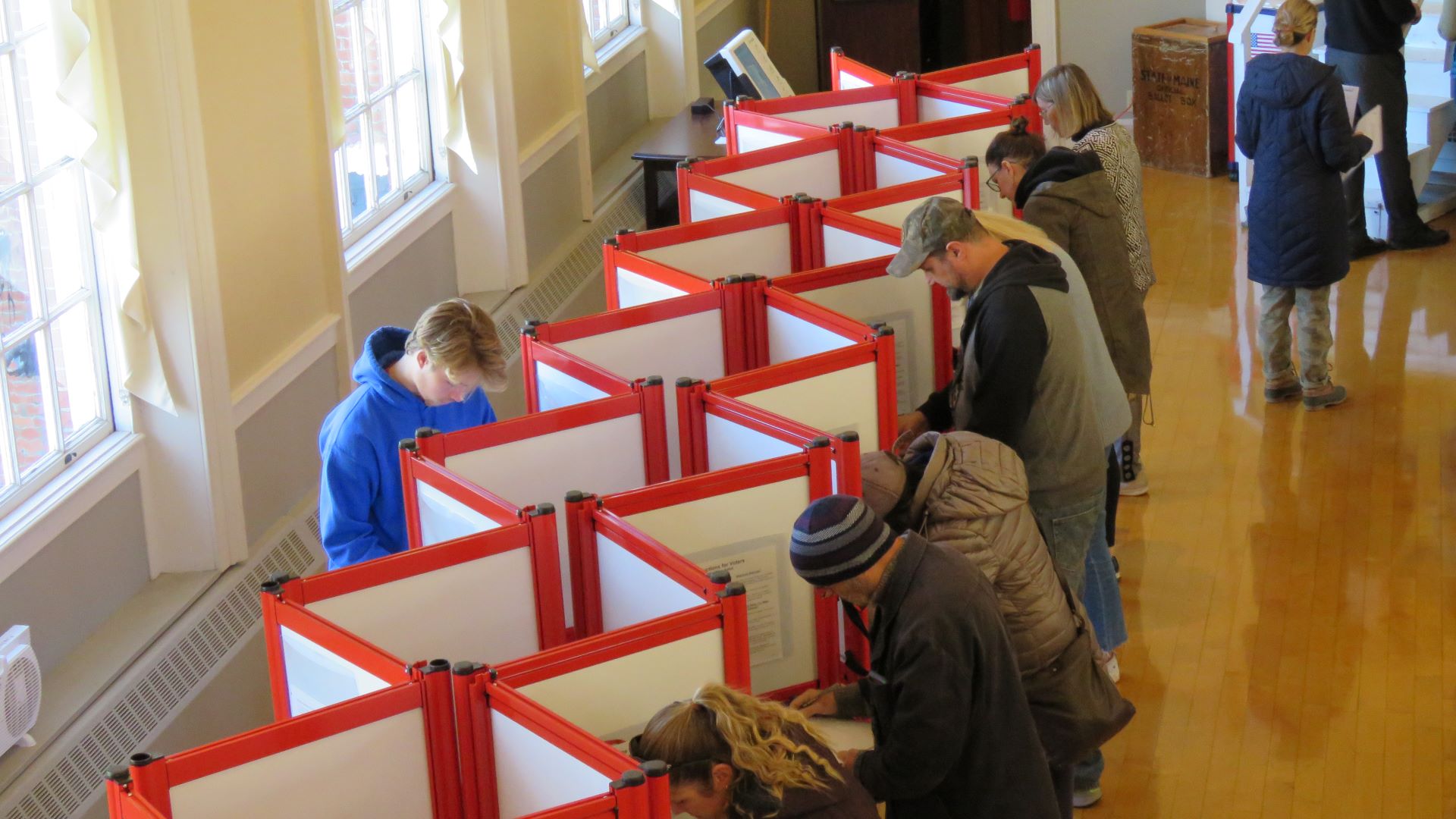Most political commentary on the 2024 election has focused on the presidential election.
Will the Republicans really nominate an ex-president who still has refused to accept his defeat in 2020 and is the defendant in four criminal cases? Will the Democrats stick with an incumbent whose approval rating has been under 40% for months and continues to plummet?
If these both happen, will the nation really be faced with a major-party candidate choice that nearly two-thirds of the respondents to recent polls find unacceptable? Will those dissatisfied potential voters stay home, or will they turn to one of the other candidates seeking a spot on state ballots, as independents or third-party choices? With what consequences?
Commentators are so taken by the unusual, bizarre nature of the 2024 presidential election that they have focused scant attention on the congressional elections.
Yet these elections are vastly important because each house is closely divided and control of the national government will be determined by the results.
Senate and House elections are determined by the electoral playing field and the candidates on the ballot. And now, less than a year before Election Day, we know a great deal about the battles to come.
Currently the Democrats control the Senate 51-49 because Angus King (I-Maine), Bernie Sanders (I-Vt.), and Kyrsten Sinema (I-Ariz.) caucus with the Democrats. But Sinema and Joe Manchin (D-W.Va.) often cross party lines, so the Senate is very evenly divided, resulting in Kamala Harris casting more tiebreaking votes than any other vice president.
The playing field in 2024 strongly favors the Republicans. Thirty-three seats are up in 2024, plus there will be a special election to fill the two remaining years of Senator Ben Sasse’s (R-Neb.) term.
Republicans are defending only 11 of those seats (including Sasse’s) and are favored to win all of them. Democrats are defending 20, plus the three held by independents.
Manchin is not seeking re-election, and that seat has been all but conceded to the Republicans. The Democrats would have to hold each remaining seat to retain a 50-50 split in the Senate (and would hold the tiebreaking vote only if they retain the White House).
And what are the chances of that? Slim but not none. Sinema’s seat in Arizona is a wild card, particularly if she runs as an independent, dividing the partisan vote in a way that is not clear. Congressman Ruben Gallego, a liberal, is the likely Democratic nominee. He has a good chance if Sinema does not run and the Republicans nominate an extreme candidate, like Kari Lake, the vocal Trump supporter defeated for governor in 2022. But if they nominate a more mainstream Republican, the outcome is unclear.
Similar scenarios are in play in other states. In Michigan, for instance, Democrat Debbie Stabenow is retiring; Congresswoman Elissa Slotkin is the party’s preferred and likely nominee. She could hold the seat if the Republicans nominate an extremist, but the race would be more difficult if they nominated a moderate, like former Congressman Peter Meier, who lost his 2022 House primary, largely because he voted to impeach President Trump.
In heavily Republican Montana, Democrat Jon Tester might hold his seat if the Republicans go with right-wing congressman Matt Rosendale, but if they nominate a more moderate Republican, like Navy veteran and businessman Tim Sheehan, Tester will have difficulty.
In state after state, the uneven playing field favors the Republicans, with Democrats defending seats in states carried by Trump.
The Democrats’ only real chance comes if the Republicans nominate extremists. That happened in 2022, but the National Republican Senatorial Committee is determined to avoid that this time.
How does the Senate look? Advantage Republicans.
Now, on to the House.
When former Speaker Kevin McCarthy’s (R-Calif.) resignation takes effect at the end of the month, the GOP advantage will shrink to three seats. Will that hold after the general election?
Similar factors are in play, with the playing field in different states shifting toward one party or the other, and the parties attempting to nominate candidates most likely to win.
Of course, every House seat is up in every general election, all 435 of them. But most districts favor one party or the other. In some cases that is because a state leans one way or the other, but in others it is because districts have been drawn for partisan purposes.
In recent weeks, state court after state court ruled on the legality of gerrymandered districts drawn by state legislatures. Gerrymandering is nearly as old as the republic, with the term coined after Massachusetts Gov. Eldridge Gerry drew a legislative district that looked like a salamander in 1812 to favor his party.
Will the playing field be even? Probably not in most states, but the political question is which party comes out ahead overall.
Already nearly one-tenth of the House members have announced they will not seek re-election. Some are leaving because it is the right time; some because service in the House has become distasteful; but many because the districts they represent have been redrawn to make winning difficult.
In North Carolina, for instance, Democratic Kathy Manning announced she would not seek re-election because she could not ask people to contribute to a campaign with the odds so stacked against her. Two of her North Carolina colleagues reached the same decision.
In New York, the legislature is posed to submit a map that favors Democrats. In Georgia and Louisiana, where courts ruled that seats were drawn in a way that was unfavorable to Black voters, the Republican legislatures are seeking to draw new maps that respond to the court rulings without diluting their political power.
David Wasserman of the Cook Political Report, with Amy Walter, judges that only 25 seats will be tossups in 2024; only 20 others lean toward one party or the other. The remaining 390 are either likely or solidly favoring one way or the other.
In the most competitive seats, the result often will depend on the quality of the candidate.
Again, the Republicans face a dilemma. Do they nominate a true-believing Trump supporter, one whose views are shared by many GOP voters, or do they nominate someone closer to the ideological center, and less loyal to the former president?
The Trump-supporting candidate is favored in Republican primaries but is less likely to do better in a general election in competitive seats.
When the playing field and quality of the candidates are both weighed, how does the House look? Toss-up.
If the presidential election remains as close as most predict, if the Senate leans toward the Republicans, and the majority of the House is in doubt, we are all in for a long Election Night, with control of our national government for the following two years very much in doubt.







